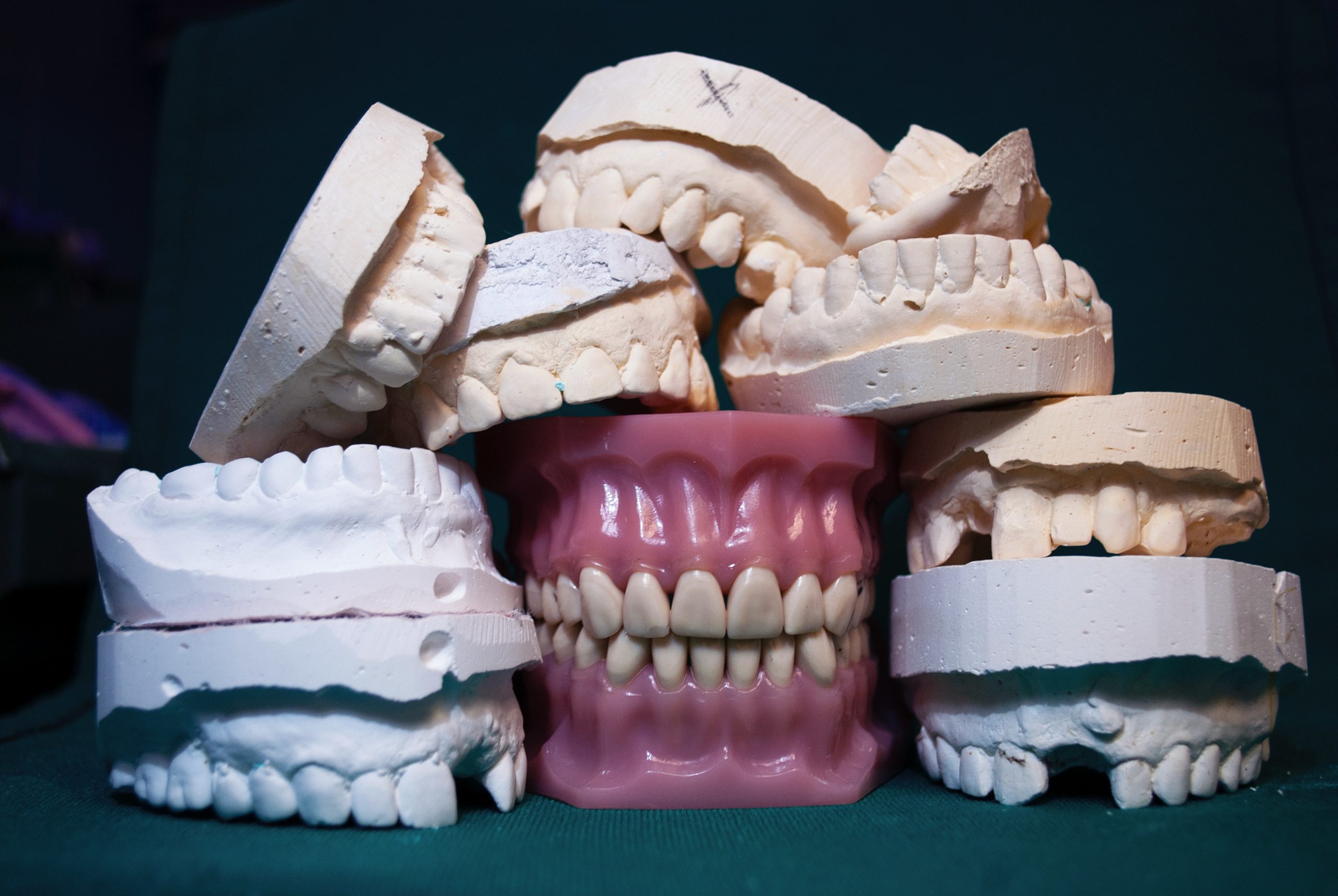Since the beginning of time, missing teeth have been a serious problem for humans. In prehistoric times, the loss of teeth could lead to fatal malnutrition. So it’s no wonder that dentures are among the earliest dental inventions!
But although early false teeth may have enabled humans to ingest the necessary nutrients, they did not look very natural! Fortunately, modern innovations have made dentures much more comfortable, functional, and realistic. In fact, implant-supported dentures are so lifelike that they are virtually indistinguishable from real teeth. That is why Dr. Gary Horblitt is proud to offer several types of dentures, including implant-supported dentures, at his Fairfield, CT, practice.
To learn more about dentures and the technology that makes them so realistic, contact our office today.
Ancient False Teeth
The earliest known dentures date from 2500 BC and originated in Mexico. Made from wolf’s teeth, they certainly would have made for an alarming appearance!
Etruscan dentures dating from 700 BC have also been found. These were made of both human and animal teeth connected with metal bands. Similar dentures have been found in Egypt, as well.
Wooden Teeth and Other Early Modern Dentures
There is little archeological or historical evidence of dentures until the 16th century, when wooden false teeth appeared in Japan. These continued to be made until the 20th century.
Europeans and Americans began experimenting with other denture materials. Common materials for false teeth included ivory, animal teeth, and human teeth. In fact, though legend claims that George Washington had wooden teeth, this is pure myth. Though the first president did wear dentures, they were actually made from metal, hippopotamus ivory, and human teeth.
Dentures Become More Lifelike
Human and animal teeth seem like an obvious choice for dentures, but they have a major problem. Eventually, they began to rot. As an alternative solution, a French dentist named Nicholas Dubois de Chemant invented porcelain dentures in the 18th century. Another Frenchman, Alexis Duchateau, learned how to keep porcelain from shrinking while it was being fired. This ensured a better fit for dental prosthetics.
Throughout the 19th and early 20th centuries, a variety of other materials were employed in manufacturing dentures. These included Vulcanite, an inexpensive rubber that made dentures more readily available. Bakelite, celluloid, and acrylic resin were also used. To this day, acrylic is still one of the most common materials for dentures.
Implant-Supported Dentures
Although denture materials progressively became more lifelike, it is only in recent decades that dental inventors have made better-fitting restorations. The most stable of these are implant-supported dentures, like those offered at our Fairfield, CT, practice.
In 1952, a Swedish physician, Dr. Per-Ingvar Branemark, accidentally discovered the process of osseointegration while researching bone healing. It is this process that enables titanium implants to fuse with bone tissue. Branemark struggled for years to have his discovery given serious recognition. Finally, in 1982, osseointegration became widely accepted. Millions of people have since enjoyed the enormous benefits of dental implants, including implant-supported dentures.
Learn More about Dentures in Fairfield, CT
Dr. Horblitt proudly offers the latest innovations in prosthodontics to provide top-quality dentures at his Fairfield, CT, practice.
To learn more about our prosthetics, schedule an appointment online or call us at (203) 335-1011.

